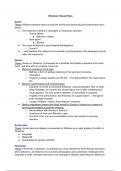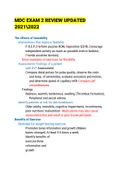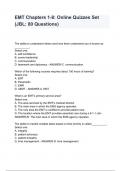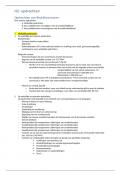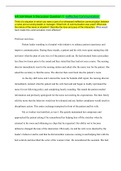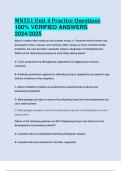Other
'A Streetcar Named Desire' (Tennessee Williams) Essay Plans
- Module
- Unit 1 - Drama
- Institution
- PEARSON (PEARSON)
'Streetcar' essay plans by both themes and characters. Some are very detailed, whereas some are more simple and condensed. Themes include: desire, illusion, social class, femininity, power, conflict, marriage, the play's opening, tragedy, masculinity, characters' inner lives, confrontation, the ris...
[Show more]
